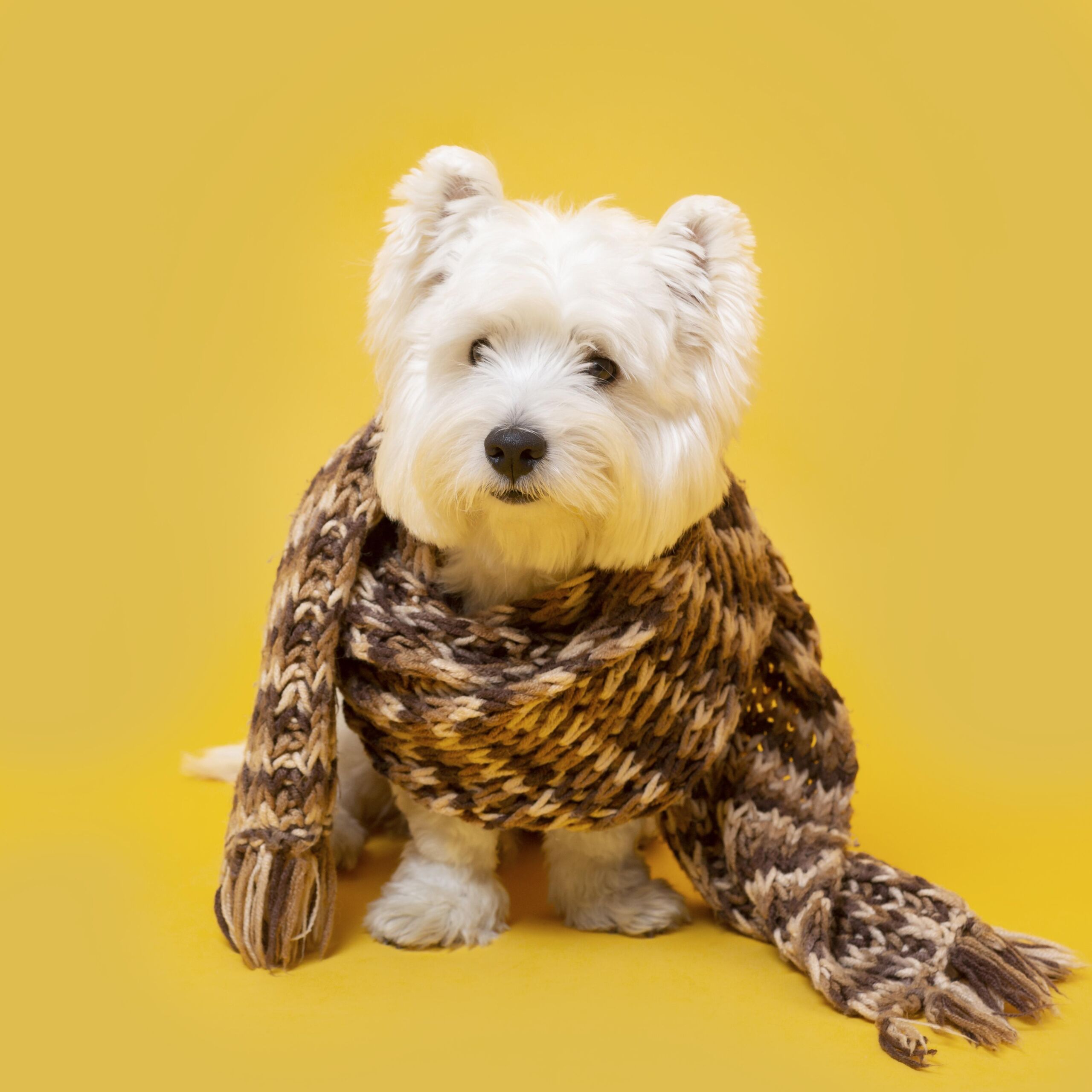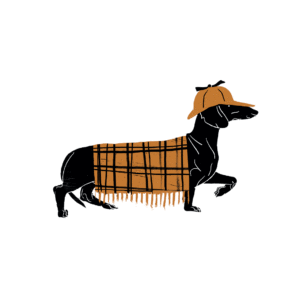Like their guardians, dogs are cold in winter. Exposed to low temperatures, small dogs are not free from seasonal diseases. Among them, the flu, which is often the gateway to distemper.
As the cold favors the spread of viruses and bacteria, veterinary care regarding the animal’s well-being and vaccination is the main way to fight diseases.
While the ideal human body temperature is 36.5C°, dogs and cats record an average of 38C° and 39C°. Hamsters have an average temperature of 36C°, while turtles, being cold-blooded animals, can register 24C°.
In common to all, the fact that the cold can cause damage to health. Cats and dogs react similarly to low temperatures. The first signs that cats and dogs feel cold are a runny nose, discharge (in the face and eyes), prostration, slow walking, long periods of sleep, rejection of food and sneezing.
What do you do?
In this sense, the guidance of the veterinarian should focus on small everyday care. But beware: very hot baths and clothes are not always the best options for the animal’s health.
High temperature water can dehydrate the dog’s skin and even injure it. On the other hand, the friction between the clothes and the skin can ennoble the hair, which tends to get longer during the winter. Here, the solution is constant brushing.
Many pet owners do not like to keep animals indoors. In these cases, the indication must be aimed at the safety of the animal in the external environment, which must be protected from wind, calm and humidity.
In addition, the tutor must provide a fabric blanket and cover the environment with cardboard or newspaper to help maintain the animal’s body temperature.
Complications and routine
Animals tend to reduce their water consumption during periods of intense cold. Therefore, it is important to alert tutors regarding monitoring and liquid supply.
Calorie intake can be increased by up to 20% to withstand the cold, but exercise must be maintained to avoid being overweight. Therefore, walks in the afternoon – when the temperature tends to be more pleasant – should be maintained.
The indication of exercises and games at home bring the tutor closer to the animal, facilitating the perception of possible changes in the pet’s health.
Puppies
Puppies and elderly animals are the main victims of changes in temperature. Older people can suffer from osteoarthritis, as physical activity decreases in winter. As low temperatures contract the body, the possibility of stiffening of the joints arises.
In puppies, the less dense coat leaves them more exposed to problems related to cold, such as hypothermia – which can be fatal.
In adult animals, infectious tracheobronchitis (canine flu) is highly contagious and can be transmitted through food containers and drinking fountains. Exposed to bad weather, dogs feel cold and may develop a dry cough and fever that must be treated with antibiotics.
Cats
In cats, feline flu is vaccine-preventable (V3 and V4). But when the animal is infected, the disease is characterized by rhinotracheitis and feline calicivirus, linked to the respiratory tract. Both are common in crowded animal environments and manifest as keratoconjunctivitis (rhinotracheitis) and oral mucosal ulcers (calicivirus).
The condition is also treated with antibiotics. In cases of evolution to pneumonia, it is necessary to go to hospital. So, take good care of your pet in all seasons.
If you liked the tips, leave a comment! I’d love to hear from you!




Leave A Comment